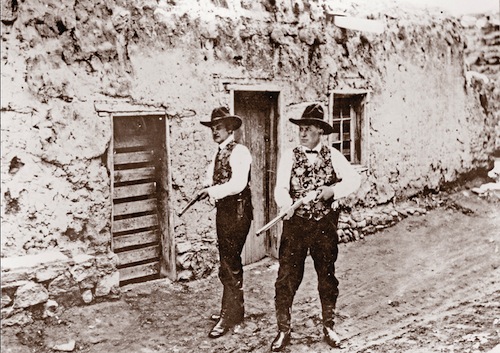The Double-A Western Detective Agency joins Holmes on the Range (Sorta…)
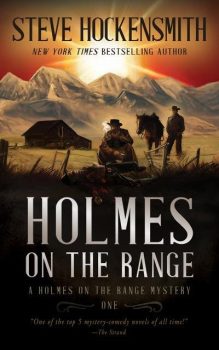 Last year, I did a three-part series on Steve Hockensmith’s terrific Holmes on the Range series. This essay, a comprehensive chronology, and a Q&A which Steve kindly did with me, represent the deepest dive anyone has done on these fun books. Since then, two novels (and a short story) in a spin-off series about the Double-A Western Detective Agency, came out. As well as one Old Red short story. I’m (yet again) listening to the Holmes on the Range audiobooks – mixing in the short stories in chronological order this time – and loving the series all over again. I’m also reading the second Double-A novel (No Hallowed Ground).
Last year, I did a three-part series on Steve Hockensmith’s terrific Holmes on the Range series. This essay, a comprehensive chronology, and a Q&A which Steve kindly did with me, represent the deepest dive anyone has done on these fun books. Since then, two novels (and a short story) in a spin-off series about the Double-A Western Detective Agency, came out. As well as one Old Red short story. I’m (yet again) listening to the Holmes on the Range audiobooks – mixing in the short stories in chronological order this time – and loving the series all over again. I’m also reading the second Double-A novel (No Hallowed Ground).
I’ve added some info on the new series at the end of this post. And I’ve updated the Chronology. If I still haven’t convinced you to try that first novel, Holmes on the Range (or the short story collection, Dear Mr. Holmes), give me the benefit of the doubt. Steve’s a really good writer, and these are fun Western mysteries, with a Holmes underlay. Don’t be a saphead. 🙂
There are a lot of ways to go about writing a Sherlock Holmes story. Some folks attempt to very carefully emulate Sir Arthur Conan Doyle’s own style, and to turn out a tale that feels as if it might have been penned (or typed these days) by the creator of the great detective himself. No surprise that results vary. GREATLY. Hugh Ashton and Denis O. Smith are the best I’ve found in this regard.
You can find stories ranging from pretty good to not suitable for (digital) toilet paper. I’ve had a half dozen of my own stories published and I’m still working on better voicing the good doctor.
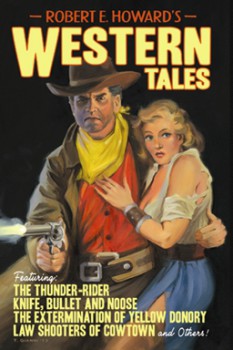
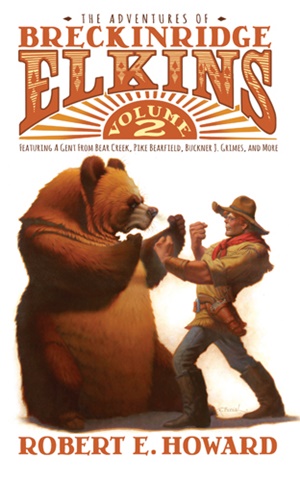
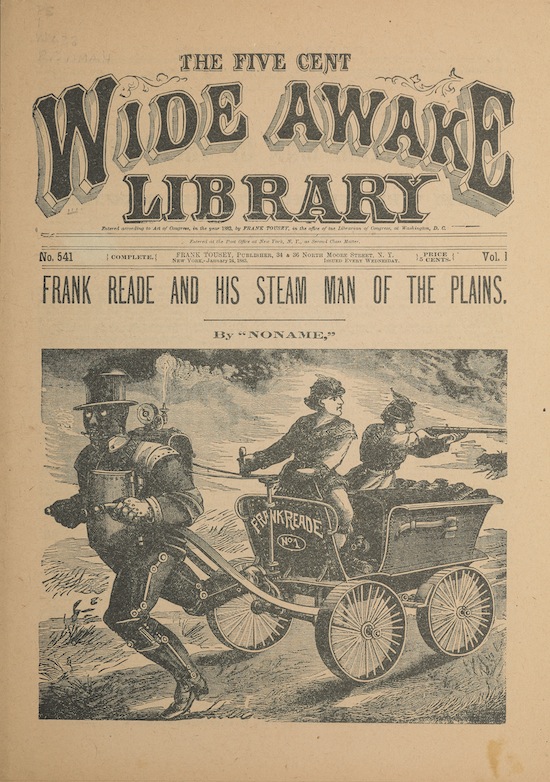
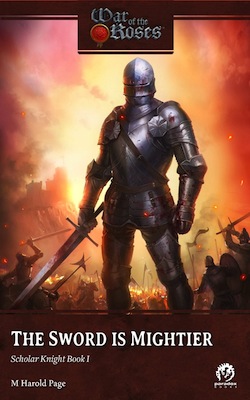

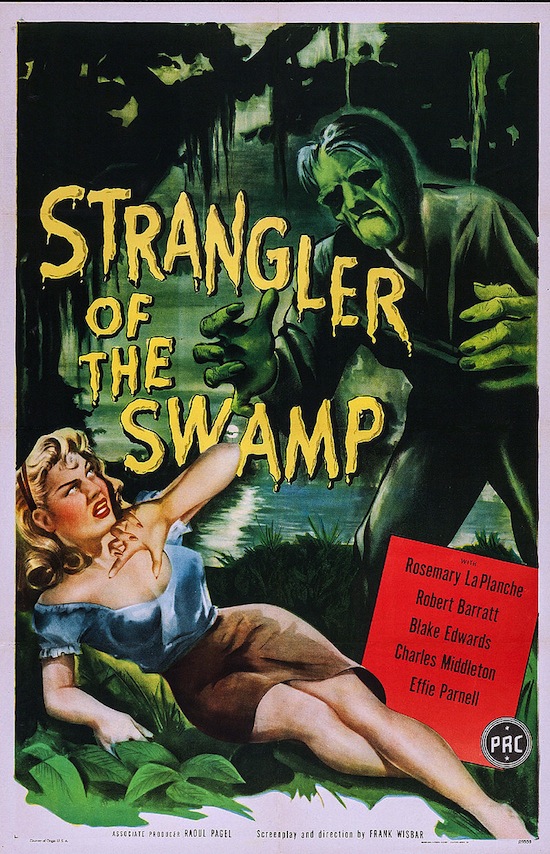
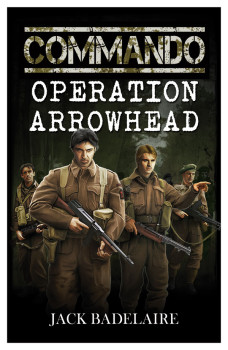 Today we’re talking to
Today we’re talking to 